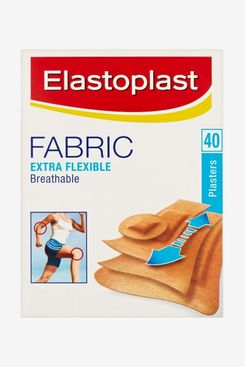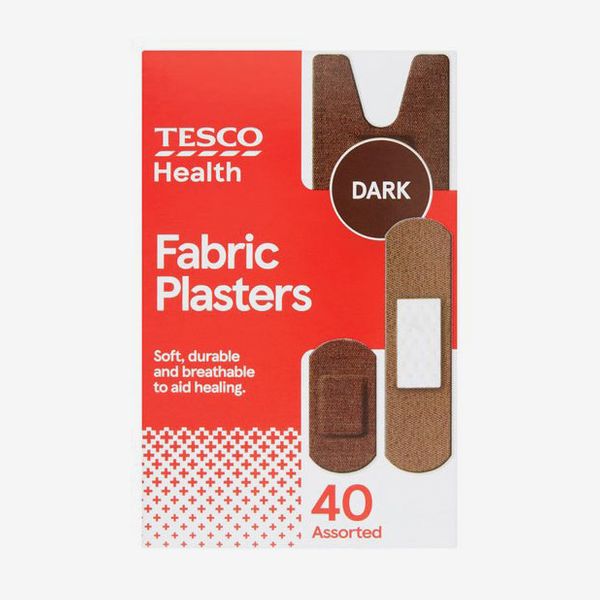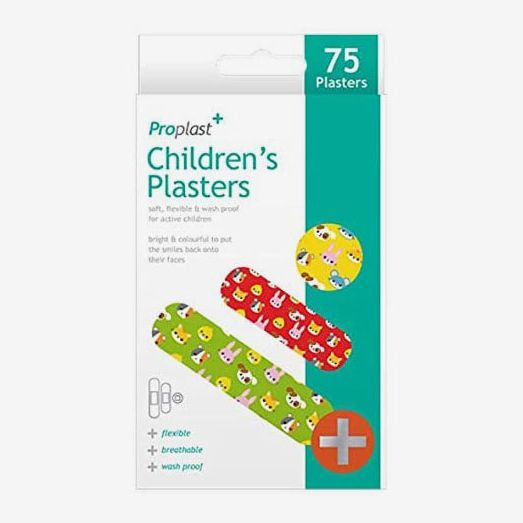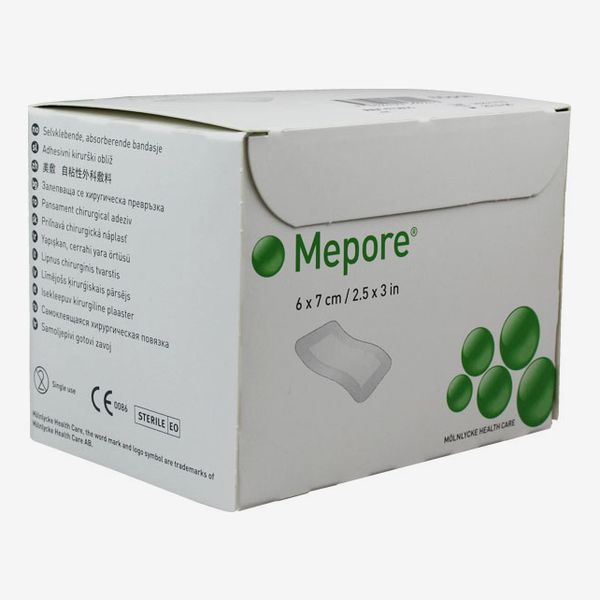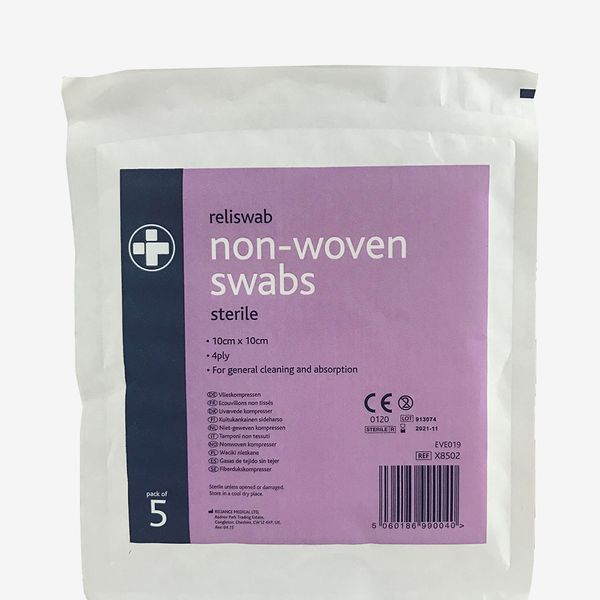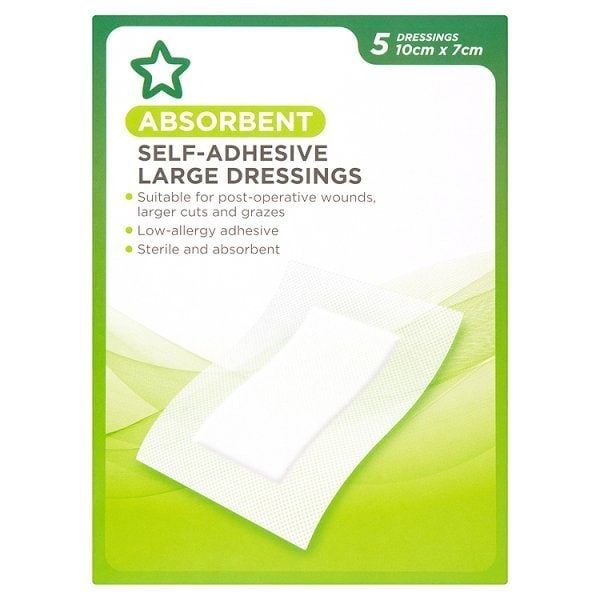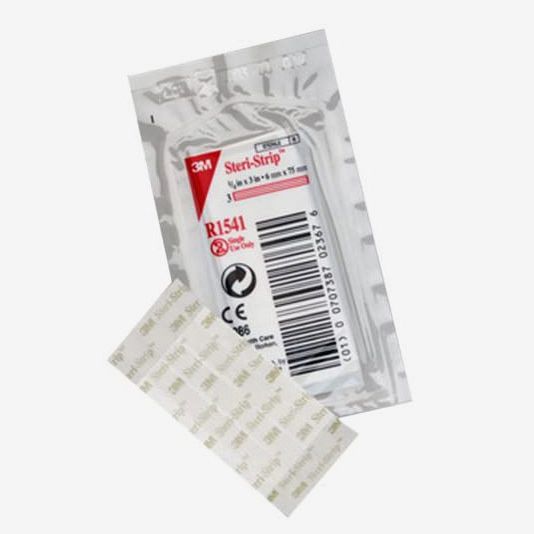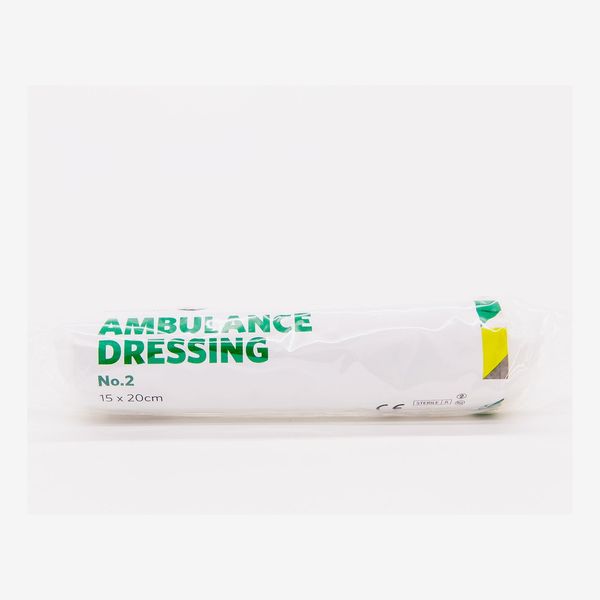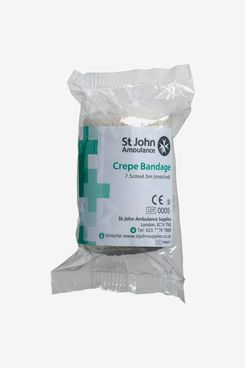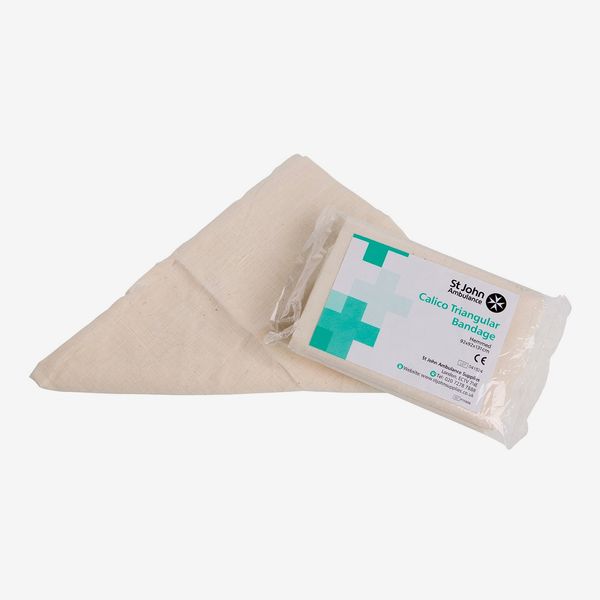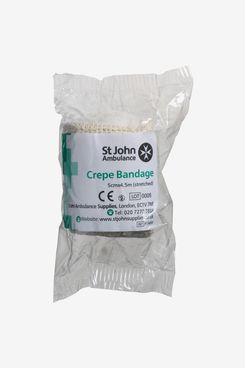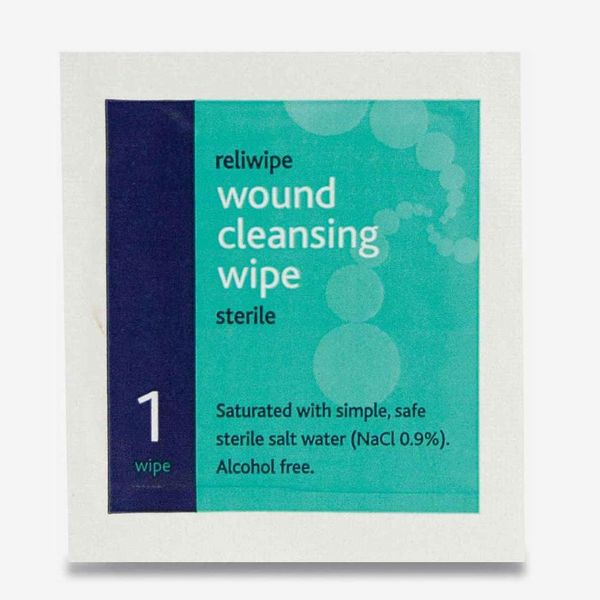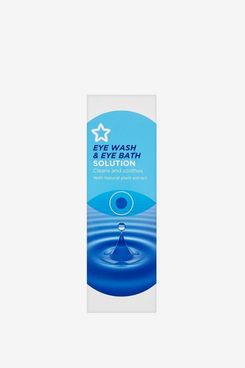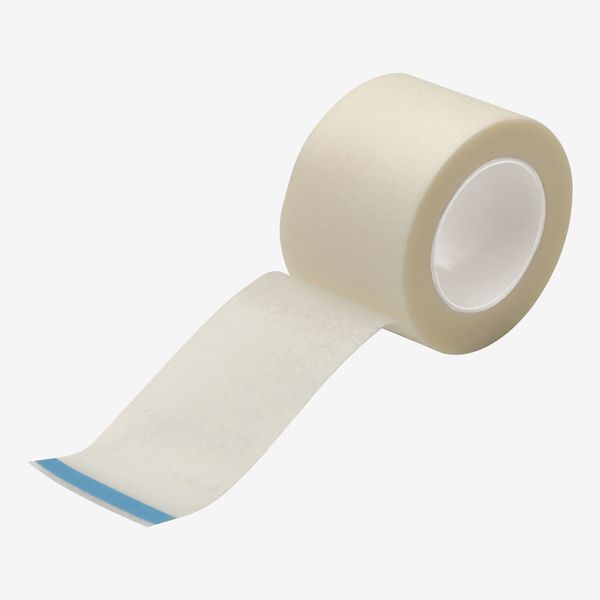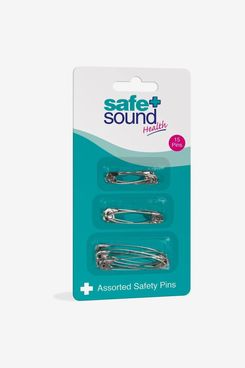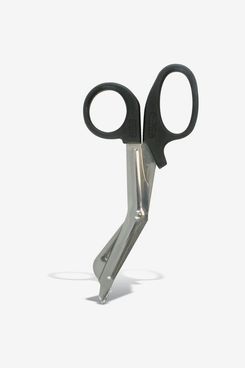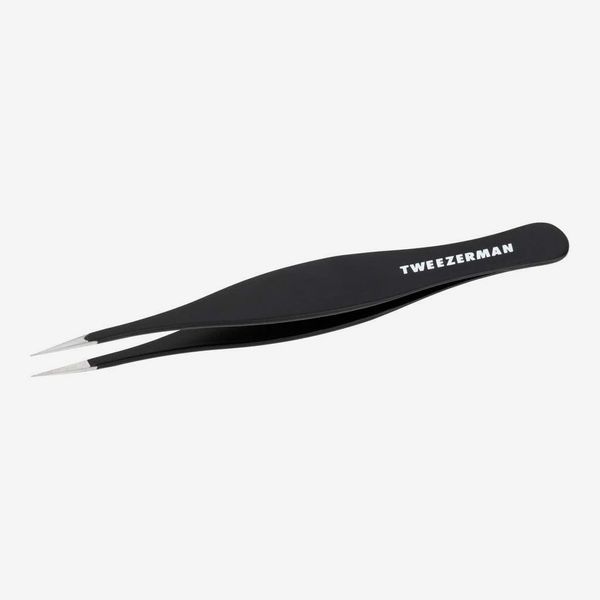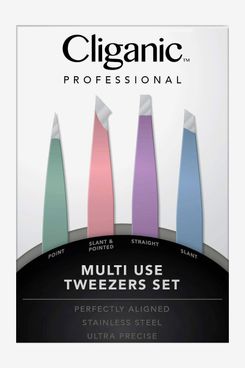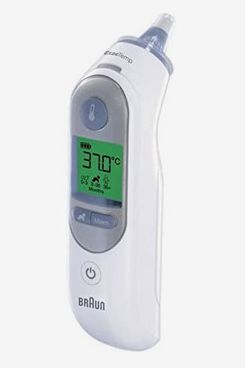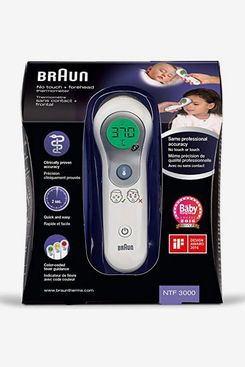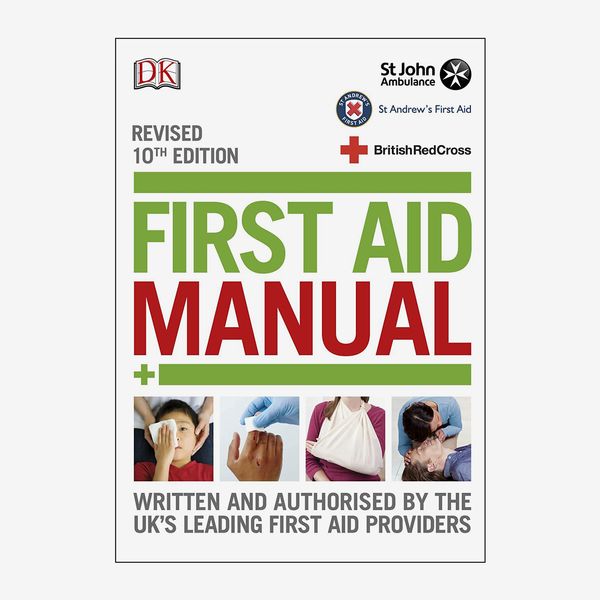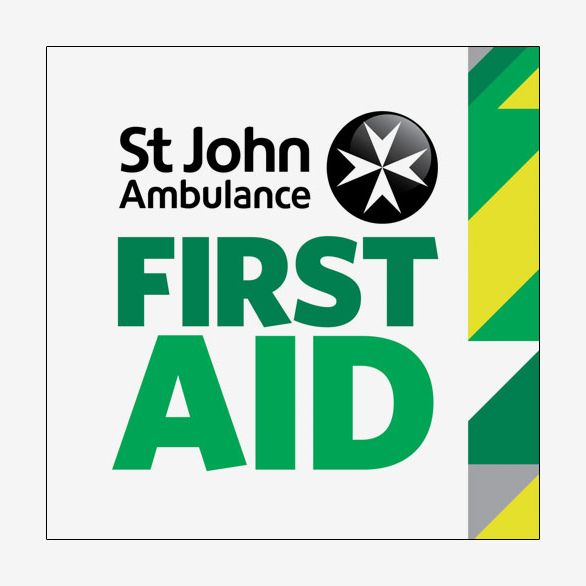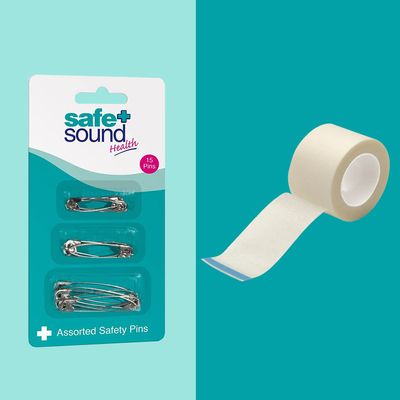
A well-stocked first-aid kit is a necessity for every household, but aside from plasters and bandages, what else should be in there? We asked six experts, including Dr. Lynn Thomas, medical director at St. John Ambulance, and Jim Dorman, operations and policy director at St. Andrew’s First Aid, to share what they keep in their first-aid kits.
A note: With the right equipment, it is possible to treat minor cuts, grazes and sprains at home. However, you should always contact a pharmacist, your G.P., or NHS 111 if you are unsure how to treat an injury or if symptoms worsen.
Plasters
The most important thing when it comes to plasters is having a variety of sizes. “People tend not to have the right size,” says Thomas. “Everybody uses one size, and then you’ve run out of them when they’re needed. So it’s worth keeping an eye on your pack and making sure you’ve still got a good selection.” She recommends fabric plasters over waterproof ones, as they “don’t seem to get quite so grubby.” Any item with an expiry date should be checked regularly to make sure they can still be used — this includes plasters, gauze, bandages, wipes, and even gloves.
Tesco launched fabric plasters in medium and dark shades to suit different skin tones this year.
Two of our experts mentioned that if there are children in your household, then you may want to have a stash of plasters with fun designs.
Thomas recommends Mepore dressings for people who are allergic to the adhesive commonly used in plasters.
Dressings
Large self-adhesive gauze dressings are very useful for grazed knees and big scrapes that would be hard to cover with a plaster, says Jenni Dunman, CEO of Daisy First Aid.
Steri-strips are useful for helping to close gaping wounds, says Emma Hammett, CEO of First Aid for Life. But she cautions: “Always get major or deep wounds swiftly seen by a medical professional.”
Dorman says a first-aid kit should include at least two sterile eye pads. However, if you don’t have any on hand, Thomas says you could use gauze instead. “Pour water into the eye. Then once you’ve washed it out, put on a sterile eye pad or gauze,” she explains.
Dressings
You can buy tubular bandages designed to fit different limbs, but our experts agree that it is more useful to have a long crepe bandage that can be wound around different body parts and can be tightened or loosened to fit limbs of different sizes. “It’s always good to have one or two proper bandages you can wrap around for sprains or if you’ve had a bleed that’s free-flowing, so you can bandage it up and just tie the ends together,” says Dunman.
A couple of calico triangular bandages are some of the most useful things in your kit, according to Hammett. “Ensure they are calico not a cheap version made of paper,” she advises, as calico is “ideal, sterile, non-fluffy material to stop bleeding.” She adds: “They can be used for slings and support bandages and are far easier than a dressing to secure on head, knee, and elbow wounds.”
Fine bandages can be useful for holding dressings and larger bandages in place, according to Thomas.
Cleansing kit
Before bandaging up a wound or sticking a plaster over it, you need to ensure it is clean. The best tools for this are simply soap and water, but our experts advise also having some non-alcohol cleaning wipes on hand, just in case it’s not easy to wash the wound out. You want wipes that are wrapped in individual sachets to keep them fresh.
Dorman and Thomas recommended getting an eye wash and an eye bath. Thomas says you can always use water and a clean cup or glass to wash out an eye but adds that “an eye wash is a really good thing to have, because it is easier to use.”
“At this moment in time, gloves are quite hard to get hold of because they form part of the PPE, but they are really important in terms of cross-contamination and infection control,” says Dunman. “Particularly if you’re dealing with blood, vomit, or poo.” Thomas recommends getting latex-free gloves, as some people are allergic to latex.
Fixings
“This nice, fine white tape tears really easily, so you don’t need scissors,” says Thomas. “It is good for holding on sterile wound dressings.” Hammett adds that microporous tape can be used to “tape fingers and toes and is also useful for labeling things.”
Safety pins are useful for helping to keep bandages and slings securely in place, and three of our experts said they are first-aid-kit essentials, but y Dunman said she doesn’t find them as useful as the rest of the items in her kit. “Generally, we only use them when we need it for clothing and random arts,” she says.
Scissors and Tweezers
Scissors were mentioned by all our experts. Both Hammett and Kate Ball, director of Mini First Aid, specifically mentioned Tuff Cut, a type of scissor that is used by paramedics. The sharp, serrated blades make it easy to cut through clothing quickly in an emergency, and the moulded tips help to prevent accidentally cutting an injured person. They can also be used to cut large bandages and dressings down to size.
Tweezers can be used for taking out splinters, dipping gauze into water and removing ticks, although Thomas cautions that unless you know how to remove a tick safely, you should seek medical help before attempting to do so.
Thermometers
Ball recommends getting: “a tympanic thermometer to give an accurate temperature reading.” Tympanic thermometers have a probe that is inserted into the patient’s ear canal. This one from Braun is suitable for use in people of all ages, from newborns to adults. [Editor’s note: This product is currently out of stock.]
However, Dorman recommends getting a forehead thermometer. These are less invasive to use, particularly on young children and are good for taking temperature readings without waking a sleeping baby.
Guides
“Always make sure that you are competent in using the items in your first-aid kit,” cautions Andy Crowhurst, director of 4 Minutes Training. “If you are unsure, go on a training course, as sometimes you can make things worse — for instance by not cleaning a wound thoroughly and trapping in bacteria.” All the experts quoted in this article offer first-aid courses through their websites and advise that it is wise to keep a first-aid manual alongside your kit to refresh your memory.
This free app provides illustrated guides and voiced instructions to walk you through a range of first-aid scenarios, including CPR, diabetic emergencies, choking and allergic reactions. It is not as in-depth as a manual or course, but it is useful to have alongside these things.
The Strategist UK is designed to surface the most useful, expert recommendations for things to buy across the vast e-commerce landscape. Read about who we are and what we do here. Our editors update links when possible, but note that deals can expire and all prices are subject to change.
